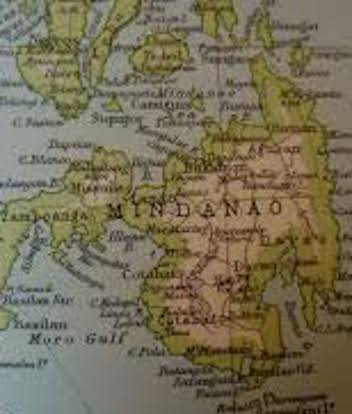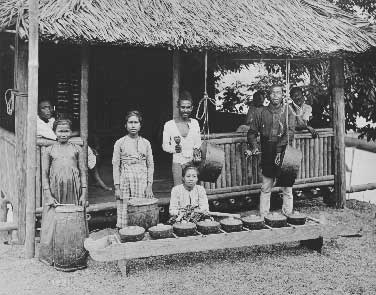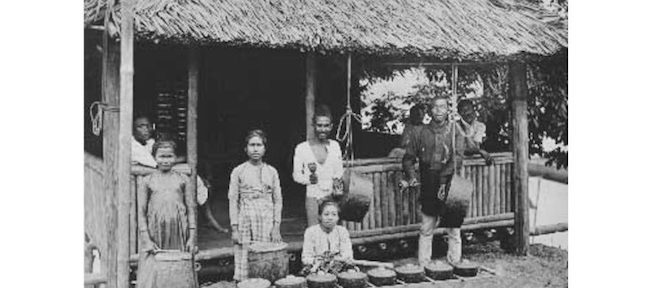The natural resources (referred to in economics as land resources , land or raw materials ) are naturally develop in environments with less disturbed man, in a natural form. Characteristics often attribute natural resources to the size of biological diversity inherent in different ecosystems.
The land of the Philippines is fertile even when it’s mountainous. The mountain ranges have dense forests that prevent floods and landslides. It also has vast plains. The largest is your middle eastern plains and the plains of Mindanao. Scientists believe that if the rugged way of planting will be used in these plains, the crop will meet the needs of the country. Our country also has wide and abundant valleys, like the Cagayan Valley. It also has an abundance of cliffs located in Bukidnon. Many hills are located in different parts of the archipelago. Lower mountains located on the edges of the island serve as land for shepherding.
|
Advertisement |

Mindanao is known as “The Land of the Promise”. It is the second largest archipelago in the Philippines. Each region has its own natural resources located. Mindanao is one of the largest forest areas and has the largest number of trees. Luzon follows Mindanao and follows Bisaya and Palawan in Luzon.
There are many mines located in Mindanao. The natural foundations here are gold, copper and iron. And because of the natural resources here, one of the major jobs in the region is mining.
The Maria Cristina Falls is one of the prominent tourist attractions located at the end of the Agus River. It is famous for its beauty with a height of 320 feet. It is also the main source of electricity for various industries in Iligan, through the Agus VI Hydroelectric Plant.

The Tausug are endemic in large parts of the Torch Relay. The Tausug are faithfully following the Qur’anic sayings of Muslims). They call for “caution” when they are ill and all the leaves of their leaves are used for treatment. They also have the knowledge of doing mates, chariots and chariots; Their call is “praying”.
The Tausug are also habits of learning paggabang, singing accompaniment ringing kulintangan, the tata gabbang, the rendition of kulintangan only ( musical instruments ) and tata biyula, the singing unaccompanied ( Vocal solo ). It is usually played during weddings and other ceremonies that are used with gong. It consists of 8-9 small bronze gongs. Each one has a unique sound given. It is sounded by a wooden hammer on it. source


